Mates for Life
By Marg Powell, Specialist Library Technician, Metadata Services | 11 January 2017
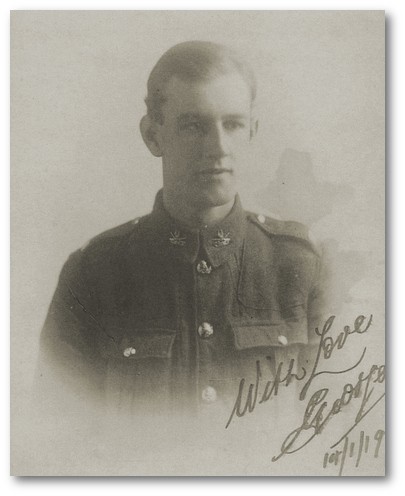
His narrative brings to life the shared experiences of four privates, who graduated from Signaling School, Chermside in September 1916 and were assigned to the 4th Reinforcements, 42nd Infantry Battalion, D Company.
George Brigham, William Fahey, Leslie Cutler and George Simpson, cemented their relationships whilst at sea, on duty, performing in a concert held by their battalion, and while in the training camp in England where his hut mates, 'lads from the bush' filled the night with sounds of curlews and willi-wag-tails.
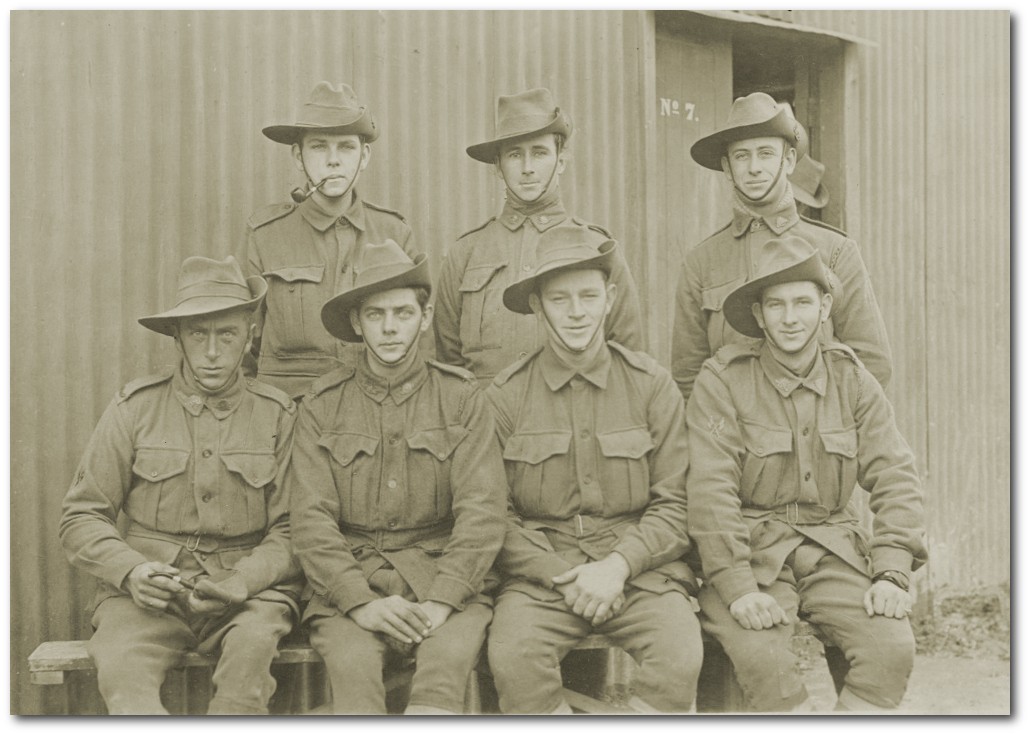
Signallers (rear): Andrew Junner, McLoughlin, John Smith, (front) George Brigham, Roy Narborough, Les Cutler & George Simpson
For the journey to their base camp at Le Havre, they were entrained in cattle trucks, and with no seats, the men had to settle for sprawling on the floor, or dangling their legs over the sides. Brigham records passing through cultivated fields and country scenes, but also Red Cross trains, and at Abbeville a prisoner-train full of German soldiers. So very new to these soldiers, who had not yet seen the front lines.
In 1917 the 42nd Infantry Battalion was engaged in the major battles of Messines, Warneton, Broodseide and Passchendaele, where Private Brigham was wounded, and evacuated to Birmingham Hospital, England.
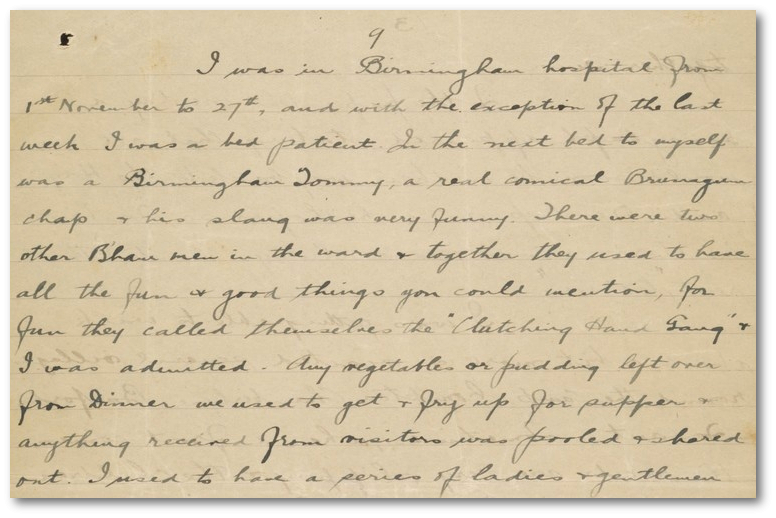
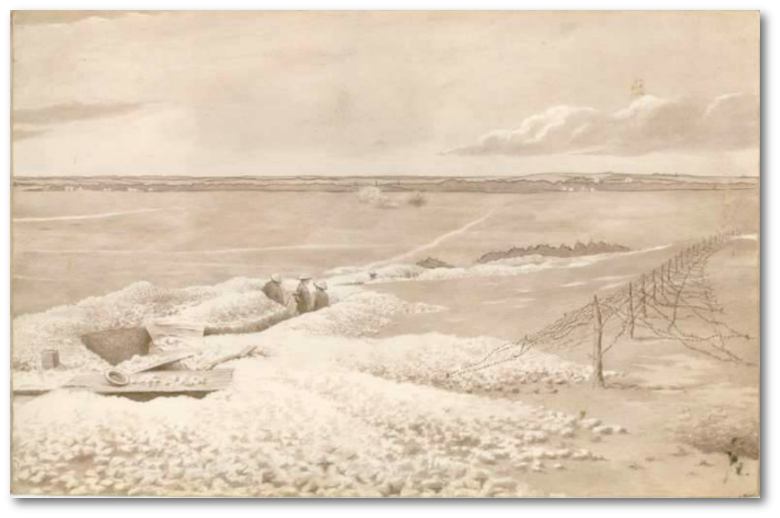
As signallers they had to be fit for duty in any circumstance, in order to keep lines of communication open - message orders or co-ordinates via signal lamp, repair broken telegraphic wires in trenches, or act as "Company" runner, through thick smoke and fog, often getting lost or entangled in enemy barb wired. All the time exposed to poisonous gas and enemy shell fire.
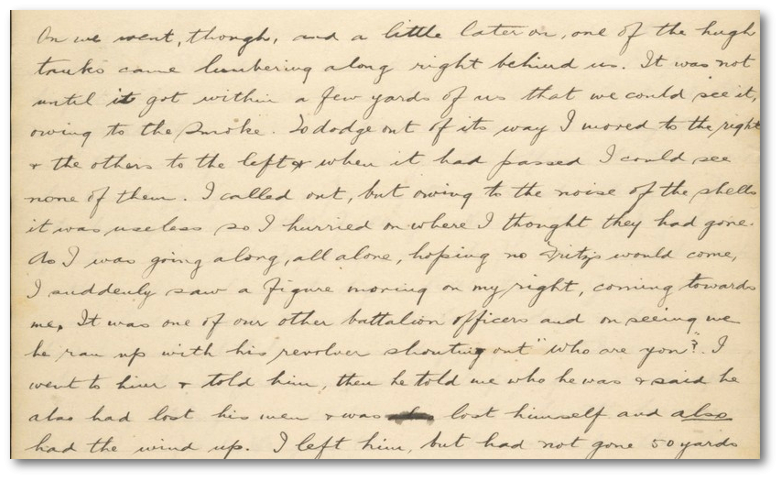
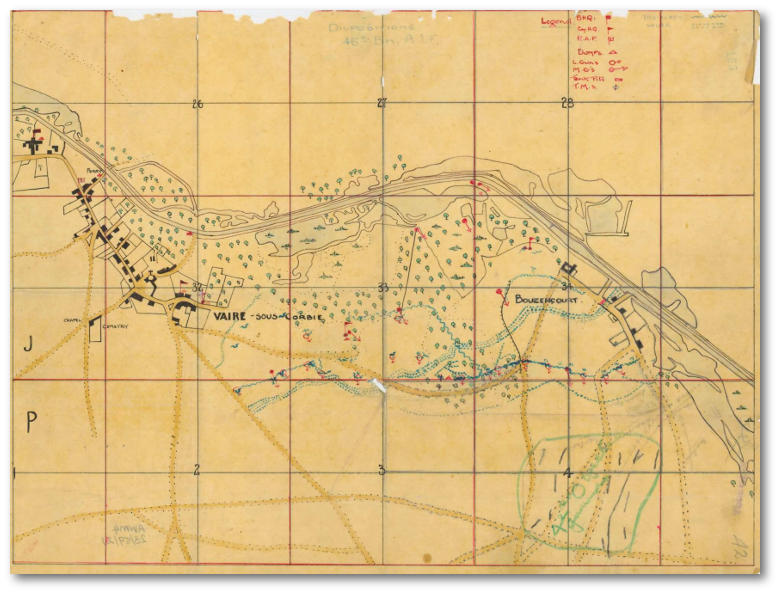
The Battalion’s final operation was during the Battle of St Quentin Canal between 29 September & 2 October, after which it was ordered to disband. It had suffered heavy casualties, and without reinforcements the Battalion could no longer be sustained. The men won a temporary reprieve after refusing to comply, but eventually the 42nd Battalion was disbanded on 22 October 1918.
Brigham and his comrades - George Simpson, Will Fahey and Les Cutler all made it back to Australia. They had made a vow if they returned from the war they would have their photograph taken, which they did in 1920 but it was not until 1950 that they were all once again reunited.
- Leslie Thornton Cutler #2293 from Laidley, later Headmaster, Ashgrove State School
- George Simpson #2392 from Woombye, later Station Master, Hendon
- William Joseph Fahey #2315 from Gympie, later Postal employee, Red Hill
George remained active in his community, holding offices in the Diggers Choir, and the 42nd Battalion Re-union Committee, he died in 1966, age 82.
George Brigham's extensive and significant diary has been digitised and fully transcribed, as part of the QANZAC 100 project to commemorate and provide access to collections that relate to Queenslanders who served during WW1.
Further Reading:
- OM88-90 George H Brigham Diary
- The spirit of the Forty Second / written and compiled by Vivian Brahms
- NAA: BRIGHAM, George Henry
- Unit War Diary: 42nd Infantry Battalion
- Image, George Brigham: RSL Virtual Memorial
- 'Mates for Life', The Courier Mail, 29 August 1950 p.7
Comments
Your email address will not be published.
We welcome relevant, respectful comments.